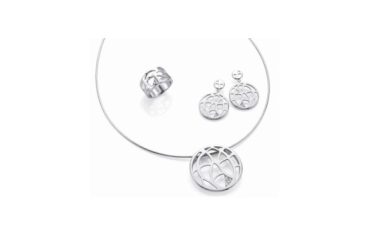With Christmas fast approaching, marketing experts are urging small businesses that sell online to make sure they offer a range of payment options to avoid missing out on sales.
According to research from Google, 25 per cent of total annual sales for online retailers take place during the Christmas period, with consumers opting for the convenience of shopping when and where they like.
Ben Bradshaw, CEO of online marketing company SponsoredLinx, says retailers need to adapt to the changing payment landscape.
“We work with thousands of small businesses every day to help maximise their online marketing and bring customers to their site,” he says. “But if the right payment options aren’t available the marketing is wasted.
“It’s easier than ever before for a customer to buy from a traditional retailer using technologies such as PayPass and PayWave. This has implications for retailers who sell online, with customers now accustomed to greater payment convenience and choice. Online retailers need to review their payment options and ensure they are modern and attractive.”
With 65 per cent of transactions beginning on a mobile device and 67 per cent of online consumers identifying as impulse buyers, it’s important for retailers to provide a payment system that is as user friendly as possible.
“With the right payment options in place, your customers are going to be much more comfortable parting with their cash,” adds Bradshaw.
Here are five online payment options you should offer:
1. Credit card (merchant facility and payment gateway)
A merchant facility allows you to accept credit and debit card payments and is generally provided by banks, which usually charge an initial set up fee, a fixed monthly access fee and a merchant service fee as a percentage of the transaction value. This is a competitive space so shop around for the best deal.
A payment gateway provides the software to securely pass credit card information from the customer to the merchant and process the transaction.
2. PayPal
This is a third party payment processor. Set up fees are less than credit card merchant facilities, but the recurring costs are generally more expensive. To use PayPal, customers complete the transaction using their PayPal account and payment is instantaneous.
3. BPAY
To use BPAY you will need to set up a facility with your bank. This provides the customer with a biller code and reference number as part of the checkout process that they enter into their internet banking system to complete the payment. You will normally receive notification of the payment the following day.
4. Electronic funds transfer (EFT)
This involves providing your bank account details to the customer. They can then log into their internet banking and process the payment using a reference number provided by you as part of the check-out process. This method is not usually instantaneous.
5. Direct debit
This involves the customer providing their bank account details and giving you the authority to deduct the amount owing. It is more common for recurring transactions of the same value e.g. monthly subscriptions. To provide this payment method, you need to set up a direct debit facility with your bank.
By Ruth Cooper







